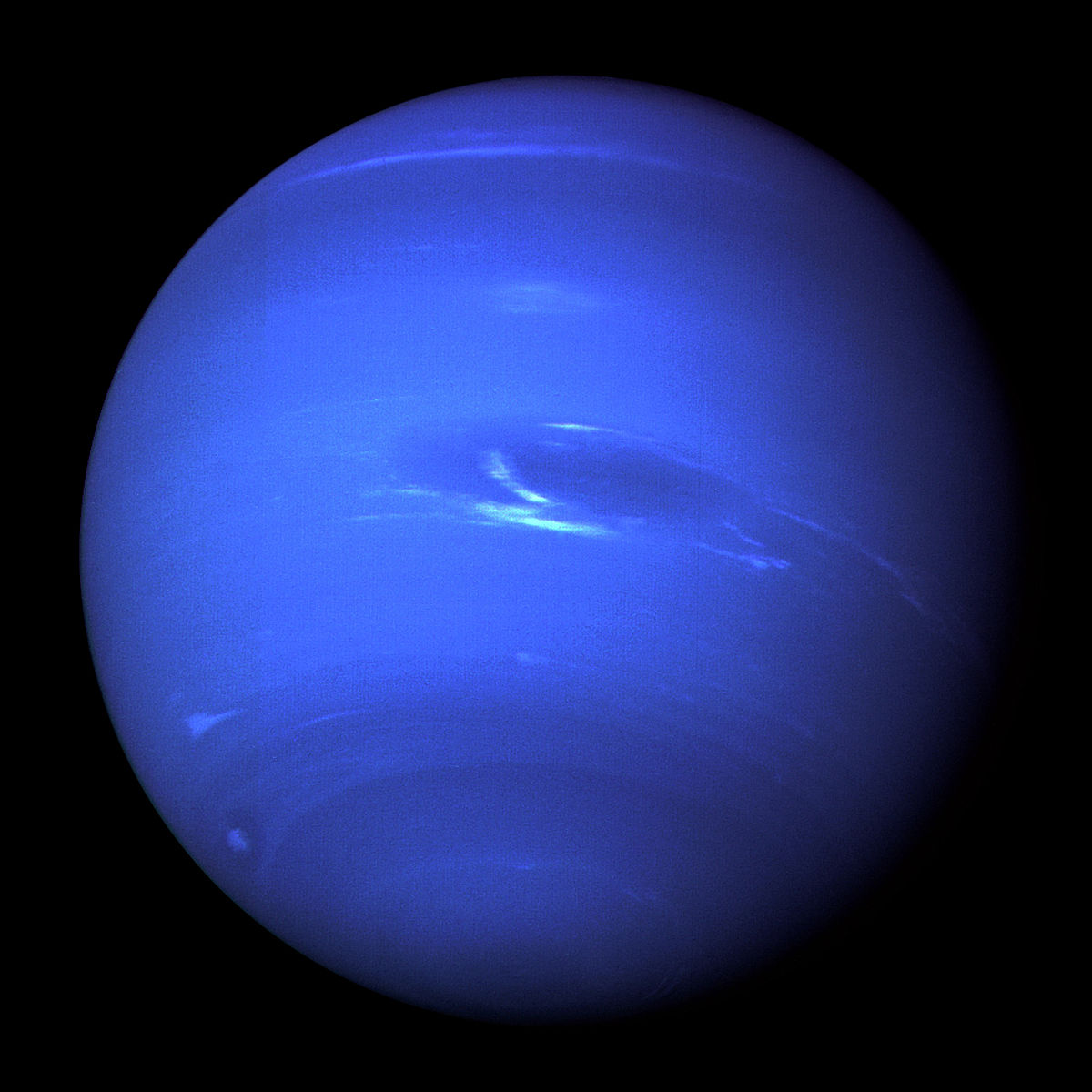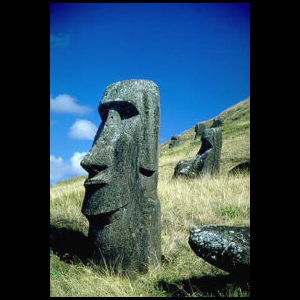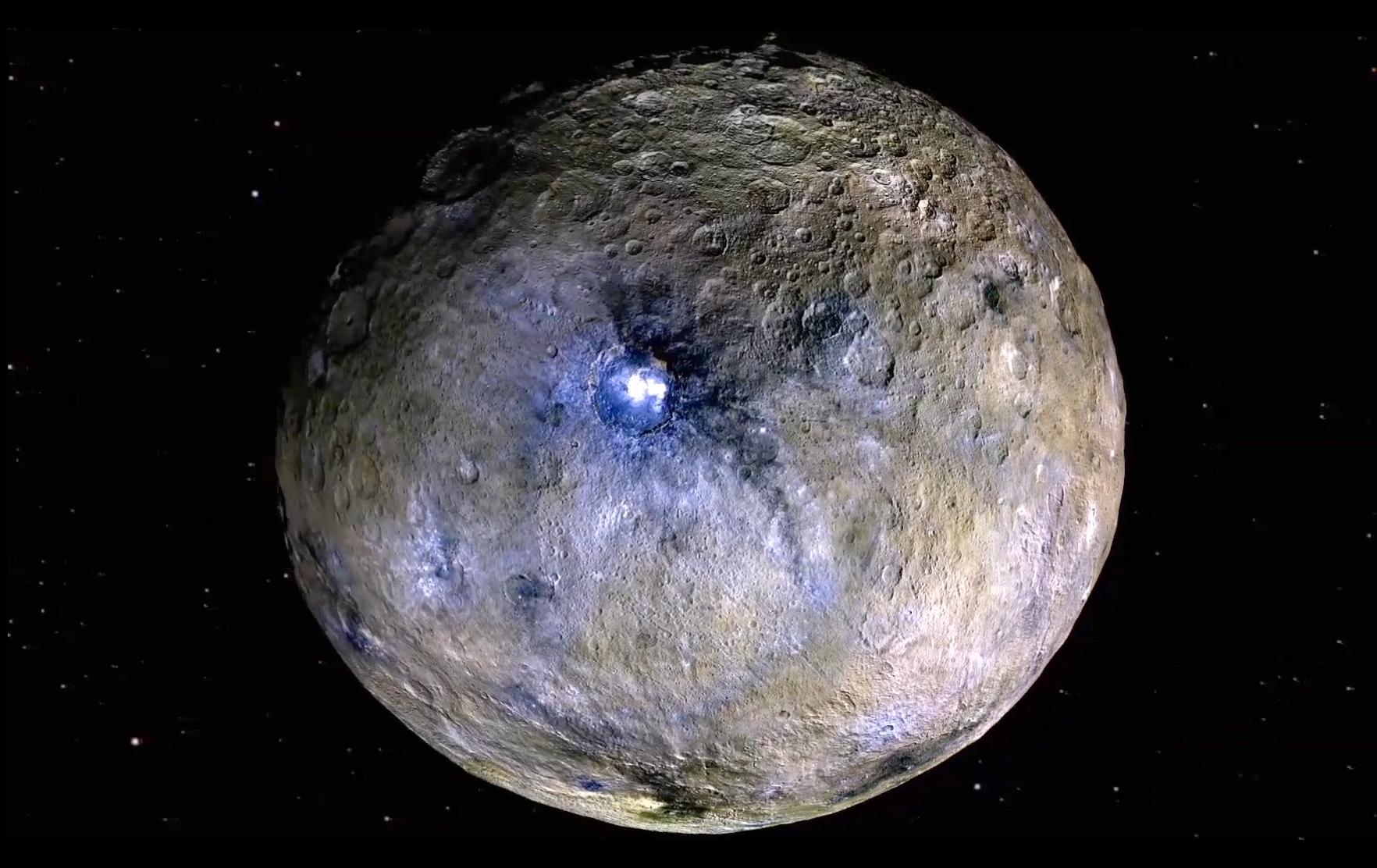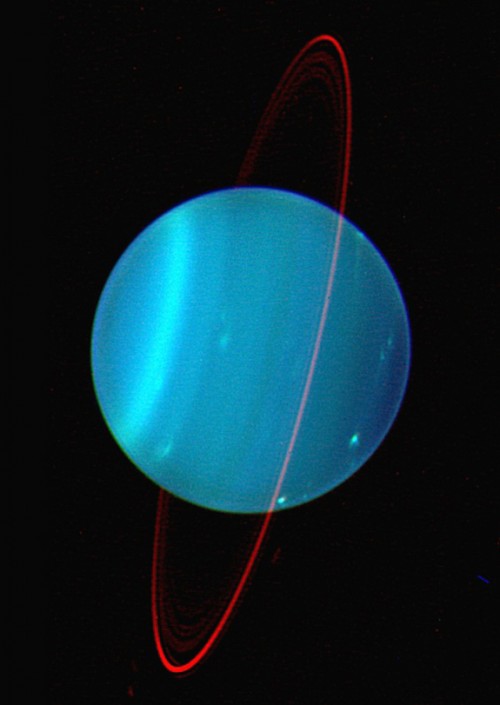Neptune is not readily visible to the naked eye. Neptune was discovered by mathematical deduction, very much like the recent revelation of the existence of ‘Planet 9’, which astronomers are currently searching for as the explanation for all those uniformly tilted orbits of the 5D Kuiper Belt objects. Recently, modern technology has given us much clearer views of the planet …
MakeMake
MakeMake (pronounced MAH-keh MAH-keh – “e” is pronounced “ay”) is the Polynesian name for the Creator God of humanity in the mythology of the South Pacific island of Rapa Nui (Easter Island). MakeMake was discovered on March 31, 2005. It has an orbital period of 309 years. So far, MakeMake is the third largest discovered object in the Kuiper Belt …
CERES
The Asteroid Belt is a part of our solar system that lies between Mars and Jupiter, and it is made up of many thousands of shattered fragments of a once important archetype (planet). The largest of these asteroids, Ceres, was upgraded to dwarf planet status on September 13, 2006. On the same day Pluto was ‘demoted’ to the same dwarf …
Uranus
Uranus (along with Neptune) can now be considered an ‘inner outer’ planet. With the discovery of all the new Kuiper Belt objects that exist outside Pluto’s orbit, Uranus and Neptune have become the outermost planets of our classical solar system. Hence, they have become the ‘inner outers’. Discovered by William Herschel on March 13,1781, Uranus was the first planet discovered …




